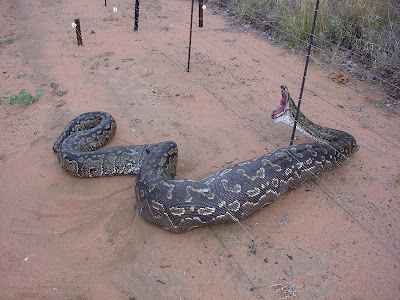
the Tamil word “anaikondran,” which means “elephant killer.” Metcalf (1999) notes that the name first was probably from the Sinhala language of Sri Lanka, formerly Ceylon, and that in 1869, the Englishman John Ray wrote of “anacandaia of the Ceylonese, i.e., he that crushes the limbs of the buffaloes and yoke beasts.” For more than one hundred years the name was applied to a (python) snake from Ceylon, but in the nineteenth century experts began to use it for a snake residing in the Amazon basin; an 1849 British Museum Catalogue of Snakes lists “the Ancondo, Eunectes murimus, Brazil” (Metcalf 1999). Boas are a type of non-venomous snakes that are members of the Boidae family. Boas are basal snakes that are “primitive” in evolutionary terms (i.e. less derived). They are constrictors and most give birth to live young. They have anal spurs, a pair of claws on each side of the cloaca that assist in mating. Boas are named after cows (Latin: bos) because of the old myth that boa snakes pursue cows and suckle them until they are drained to death. Anacondas as members of the boa family are sometimes called water boas.
 spotted anaconda
spotted anaconda
The snake initially strikes at its prey and holds on, pulling the prey into its coils or, in the case of very large prey, pulling itself onto the prey. The snake will then wrap one or two coils around the prey. Contrary to myth, the snake does not crush the prey, or even break its bones, but instead squeezes, tightening its grip to cut off circulation and preventing the lungs from expanding so that it suffocates.


No comments:
Post a Comment